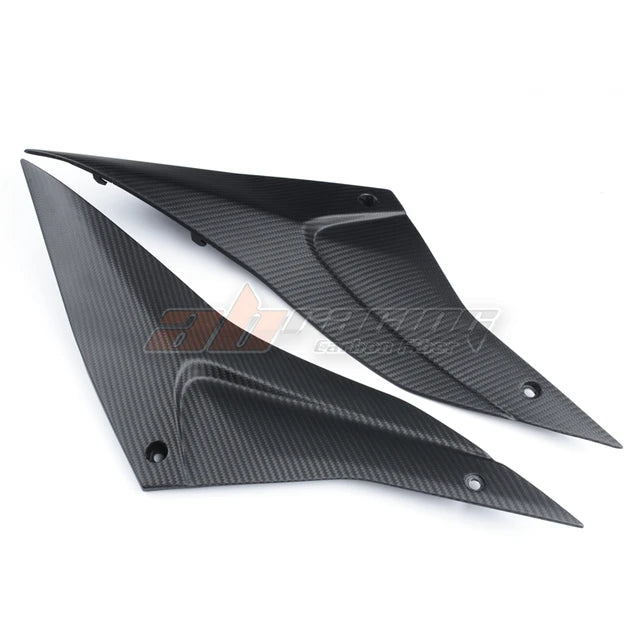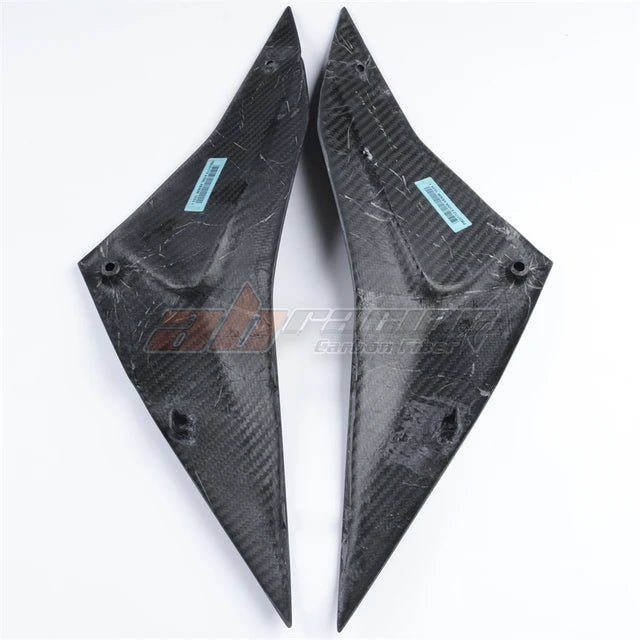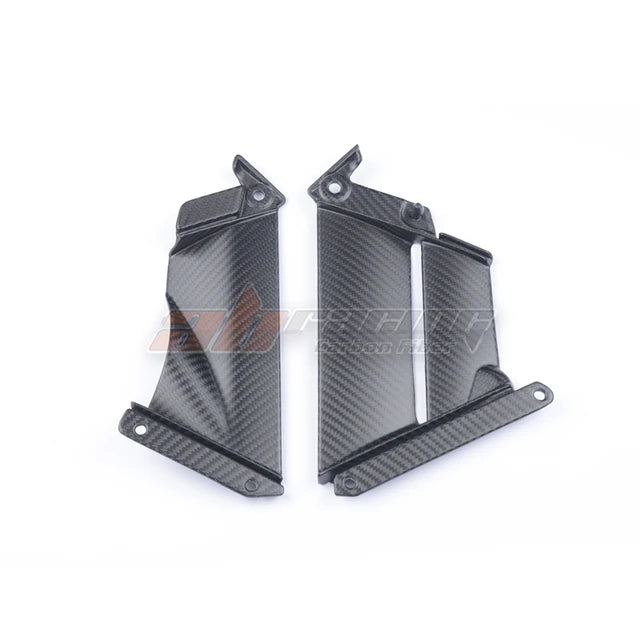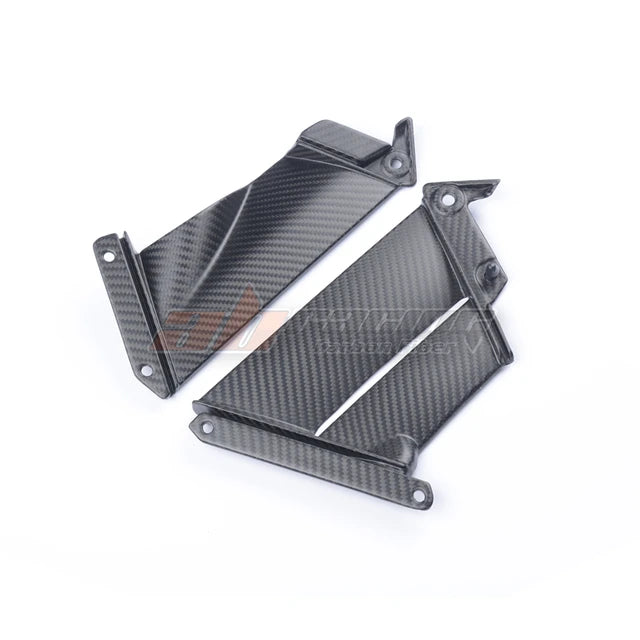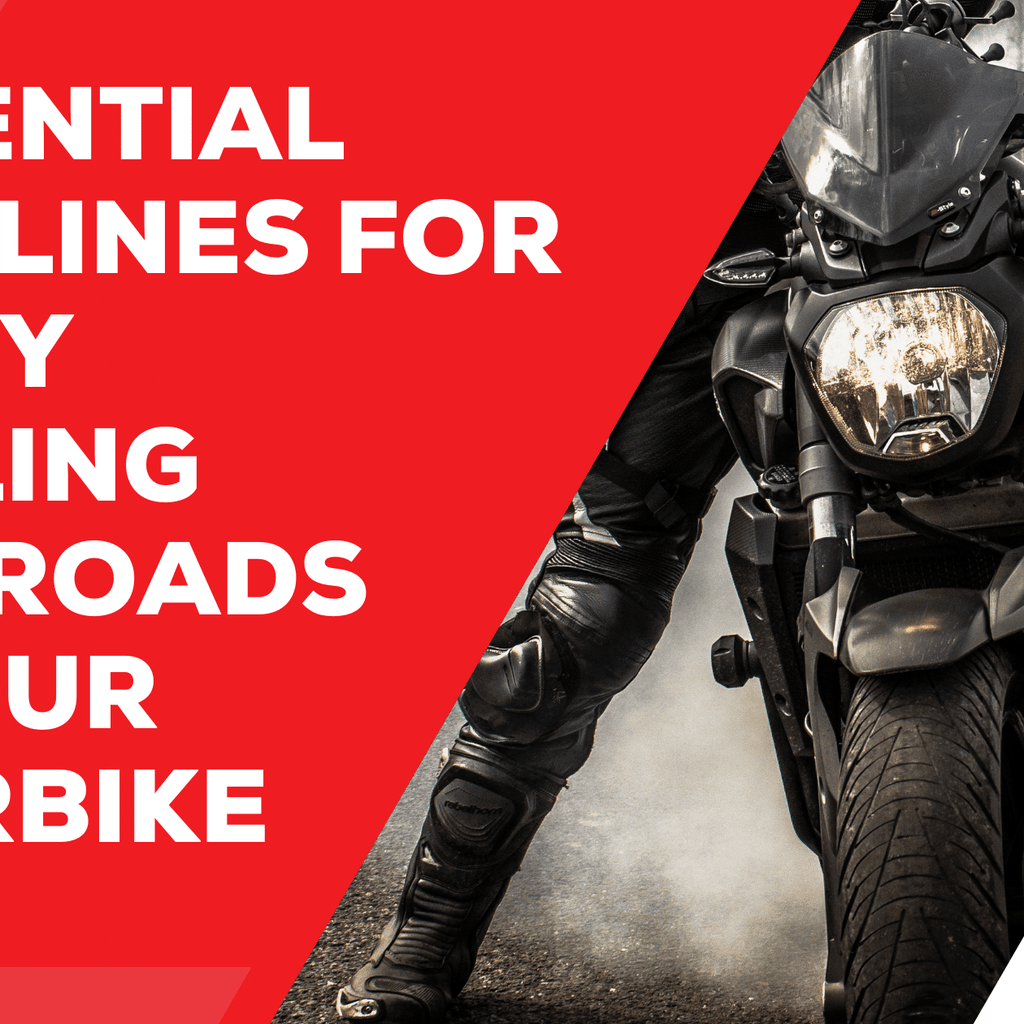
Winter Riding Mastery: 5 Essential Guidelines for Safely Tackling Cold Roads on Your Superbike

The thrill of riding a superbike is undeniable, but as winter sets in, riders face unique challenges on the cold and often treacherous roads. Riding in winter requires a different approach, with safety taking precedence over speed. Whether you're a seasoned rider or a novice, these top five guidelines will help you navigate winter roads safely and enjoy the exhilarating experience of riding your superbike in colder conditions.
1. Tire Preparation and Maintenance
One of the first considerations for winter riding is your bike's tires. Proper tire maintenance is crucial for safety on the road, and in winter, it becomes even more critical. Here are some key aspects to focus on:
a. Tire Pressure:
Check your tire pressure regularly. Cold weather causes tire pressure to drop, affecting handling and traction. Ensure your tires are inflated to the manufacturer's recommended levels.
b. Tread Depth:
Inspect the tread depth of your tires. Worn-out tires can be hazardous, especially on wet or icy surfaces. If your tire tread is nearing the minimum depth, consider replacing them before the winter season.
c. Winter Tires:
Invest in winter tires designed for colder conditions. These tires have a unique tread pattern that provides better grip on icy and snowy roads, enhancing your bike's stability and control.
2. Brake System Inspection
A properly functioning brake system is essential for any motorcycle, but it becomes even more critical in winter when roads are slippery and unpredictable. Follow these guidelines to ensure your brakes are up to the task:
a. Brake Fluid Check:
Inspect your brake fluid levels and ensure they meet the manufacturer's recommendations. Brake fluid tends to absorb moisture over time, affecting its performance. Consider flushing and replacing the brake fluid if necessary.
b. Brake Pad Inspection:
Examine your brake pads for wear. Worn-out brake pads reduce stopping power, increasing the risk of accidents. Replace pads that show significant wear to maintain optimal braking performance.
c. Antilock Brake System (ABS):
If your superbike is equipped with ABS, familiarize yourself with its operation. ABS can prevent wheel lock-up during emergency braking, offering better control on slippery surfaces.
3. Cold-Weather Riding Gear
Protecting yourself from the elements is as crucial as maintaining your bike. Proper riding gear ensures your safety, comfort, and focus during winter rides. Consider the following gear for cold-weather riding:
a. Insulated Riding Suit:
Invest in an insulated riding suit to keep your body warm in cold temperatures. Look for suits with thermal lining and windproof materials to shield against the biting winter wind.
b. Heated Grips:
Cold hands can impair your ability to control the bike. Install heated grips to keep your hands warm, maintaining dexterity and control during winter rides.
c. Windproof Balaclava:
Protect your face and neck from the cold with a windproof balaclava. This helps retain body heat and shields against the chilling wind, enhancing overall comfort.
d. Thermal Base Layers:
Layering is essential in winter. Wear thermal base layers to trap body heat, keeping you warm and comfortable throughout your ride.
e. Waterproof Riding Boots and Gloves:
Wet and cold extremities can be distracting and uncomfortable. Invest in waterproof riding boots and gloves to keep your hands and feet dry and warm during winter rides.
4. Adapt Your Riding Style
Winter conditions demand a more cautious and adaptable riding style. Adjusting your approach to account for the challenges presented by cold, wet, and slippery roads can significantly enhance your safety:
a. Reduced Speed:
Slow down and ride at a speed appropriate for the road conditions. Reduced visibility, icy patches, and unpredictable road surfaces require a more conservative approach to speed.
b. Increased Following Distance:
Maintain a greater following distance from other vehicles. This provides ample time to react to sudden stops or maneuvers by other road users, reducing the risk of collisions.
c. Smooth Riding Movements:
Avoid abrupt movements, such as quick acceleration, sharp turns, or sudden braking. Smooth and controlled actions help maintain stability on slippery surfaces.
d. Be Mindful of Black Ice:
Black ice is a hidden danger on winter roads. Be especially cautious on bridges, overpasses, and shaded areas where black ice is more likely to form.
e. Stay Visible:
Winter days are shorter, and visibility is reduced. Use your motorcycle's lights, wear reflective gear, and choose brightly colored clothing to enhance your visibility to other motorists.
5. Regular Bike Maintenance
Regular maintenance is the foundation of safe and reliable riding, and it becomes even more critical during winter. Ensure your superbike is in top condition by following these maintenance guidelines:
a. Regular Inspections:
Perform regular visual inspections of your bike, checking for loose bolts, leaks, or any signs of wear. Address any issues promptly to prevent them from escalating.
b. Battery Health:
Cold weather can affect battery performance. Keep your battery charged and consider using a battery tender or trickle charger during periods of inactivity to prevent it from losing power.
c. Oil and Filter Changes:
Cold temperatures can impact oil viscosity. Consider using an oil suitable for lower temperatures and changing the oil and filter before winter. This helps ensure proper lubrication for your engine.
d. Corrosion Prevention:
Salt on winter roads can accelerate corrosion. Apply a corrosion-resistant spray to metal components, paying attention to areas prone to rust, such as the exhaust system and bolts.
e. Suspension and Brake System Check:
Ensure your suspension and brake systems are in optimal condition. These components are crucial for stability and control, especially on slippery surfaces.
In conclusion, riding your superbike during winters can be a thrilling experience, provided you prioritize safety and take necessary precautions. From maintaining your bike's tires and brake system to investing in proper cold-weather riding gear and adapting your riding style, these guidelines will help you navigate winter roads confidently. Remember, preparation and attentiveness are key to ensuring a safe and enjoyable winter riding season.
Ride on, stay safe, and embrace the unique adventure of winter motorcycling!



